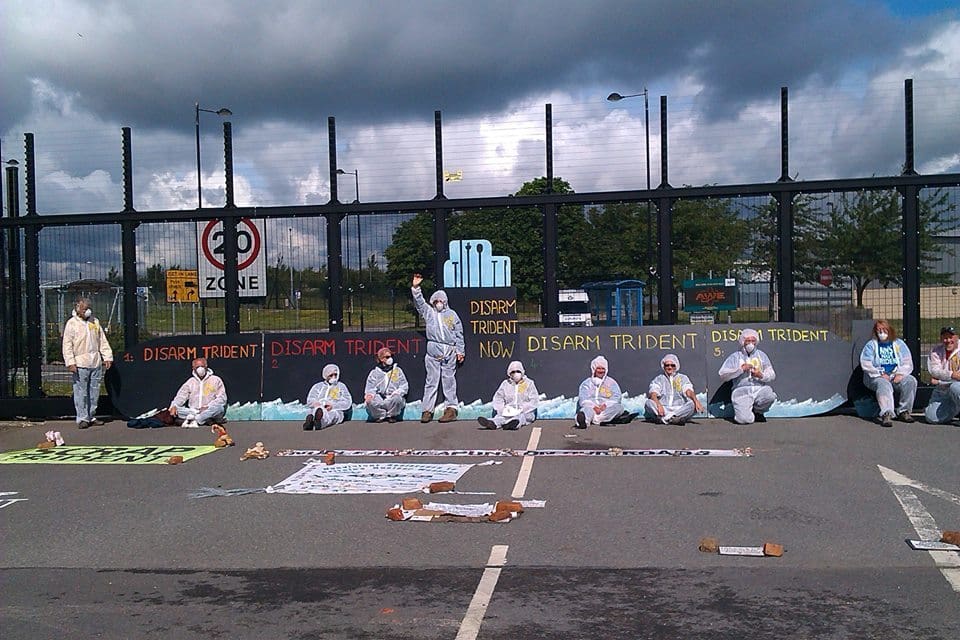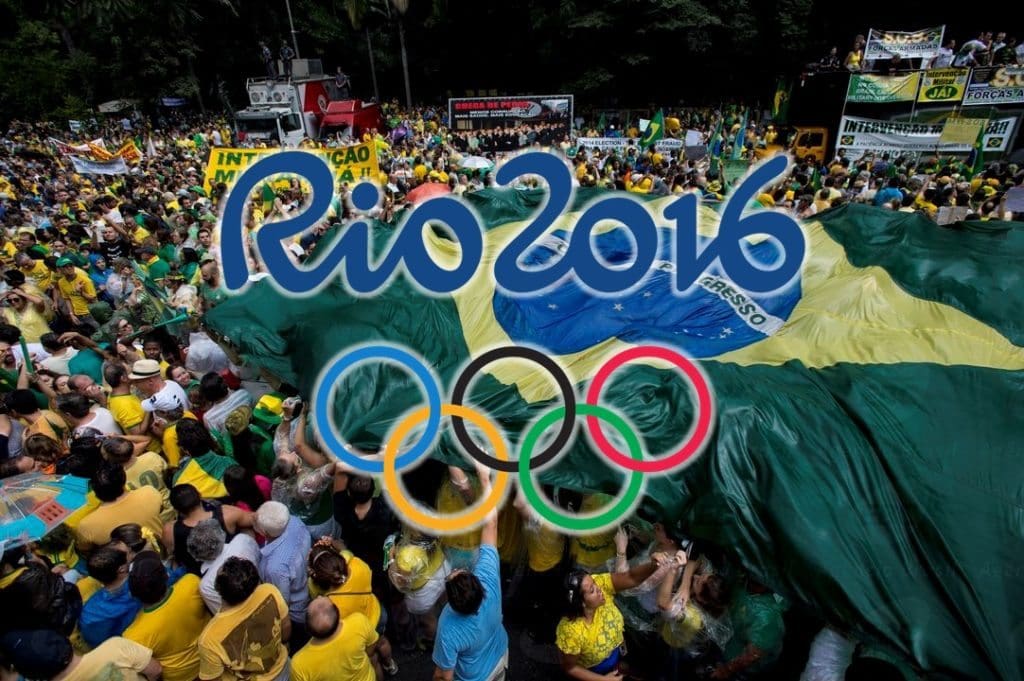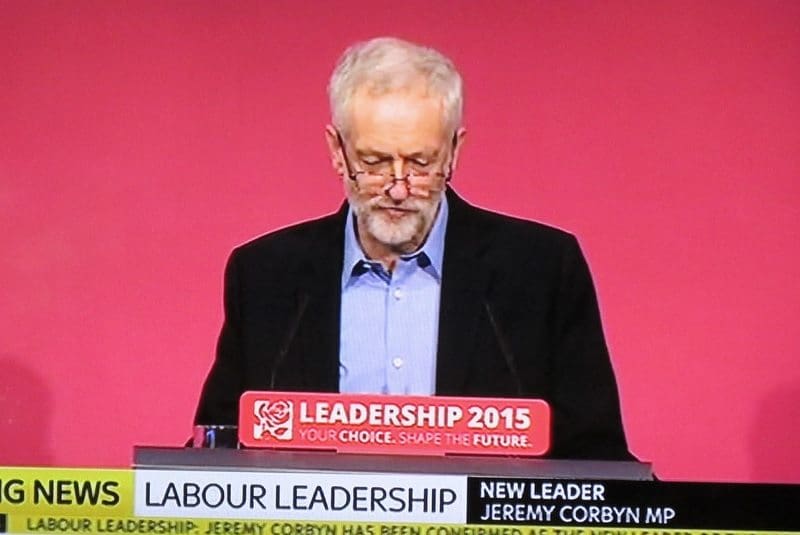Colombia has just moved one big step closer to peace after many decades of civil war. On 23 June, the Colombian government and the Revolutionary Armed Forces of Colombia (FARC) signed a historic bilateral ceasefire in Havana which paves the way for a lasting peace deal. The FARC will disarm within 180 days of a final peace deal, which is expected to be signed sometime in July, and the UN will monitor this process. But why has the fighting gone on for so long? And why is it only coming to an end now?
The roots of the conflict
In 1948, a popular centre-left politician was assassinated, and rioting soon broke out. But tensions were already high between Colombia’s liberal and conservative elites, and a horrifically violent conflict called La Violencia – during which over 200,000 people are thought to have died – would last ten years.
La Violencia only really ended because the country’s elites – and their anti-communist allies in the USA – wanted to prevent left-wing revolutionaries from taking power. In a hostile environment for social change, however, communist guerrillas stepped up their struggle.
The National Liberation Army (ELN) formed in 1964, and the FARC in 1966. The International Crisis Group has called the ELN “a political group with arms” and the FARC “an armed group with a political agenda”. While the two have never really been enemies, they have significant differences. The FARC is much bigger, and has a vertical command structure. The smaller ELN, meanwhile, makes decisions by internal consensus. But both want social transformation in Colombia, and in particular land reform.
It’s important to note here that, even in recent years, Oxfam has said:
Land distribution in Colombia is extremely unequal, with concentration of land ownership among the highest in the world… Inequality in access to land is closely linked to rural poverty
In other words, wealthy local and international interests dominate Colombia’s land.
A brutal civil war
In the early 1980s, it looked like peace would come to Colombia as the left-wing rebels entered into talks with the central government. But in a country where the cocaine trade was beginning to boom, right-wing landowners and drug barons were not prepared to see law and order derail their lucrative business. As a result, they funded paramilitary groups to oppose land reform and battle the left-wing guerrillas, and the war escalated yet again.
During this period, few groups in the country could avoid the power of drug money – which would become one of their best sources of income alongside kidnappings. There would be human rights violations on all sides of the conflict, and even more so at the turn of the century when right-wing paramilitaries linked to the army, business interests, and powerful landowners began to target left-wing activists for assassination.
In this environment, and egged on by an increasingly interventionist government in the USA, the hard-line Álvaro Uribe (2002-2010) was elected president on a platform of defeating the communist guerrillas once and for all. George W Bush pushed billions of dollars of military aid into Colombia, and US agencies began a covert program which would see at least 24 rebel leaders assassinated in the space of a few years.
According to a 2013 report published by the National Centre of Historical Memory, which was a preface to the current peace talks:
- Around six million people had been displaced and almost a quarter of a million had died since 1958. More than 177,300 of these were civilians.
- Most of the deaths occurred after the creation of right-wing paramilitaries in the 1980s, with 1,166 of 1,982 massacres between 1980 and 2012 being attributed to these forces (with the rest shared out between government forces and left-wing rebels).
- From 1996 to 2005, there was a kidnapping every eight hours in Colombia, and anti-personnel mines claimed a victim every day.
Peace talks
Unsurprisingly, Colombians were sick and tired of the civil war by the end of Uribe’s militarist presidency. And when former Minister of Defence Juan Manuel Santos took power, he took a very different approach. He soon embraced the prospect of peace talks, partly because of the weakening of guerrilla forces over the previous years but also because he realised that the state could not secure an end to the conflict by force.
When the FARC announced a unilateral ceasefire in 2015, the peace talks – focused on issues like disarmament, land reform, and drug trafficking – began to look more and more promising. Now, with the signing of a historic bilateral ceasefire – and with the ELN also in the early stages of a deal with the government – peace seems like it’s just around the corner.
UN Secretary General Ban Ki-moon responded on 23 June to the ceasefire deal by saying that, “in a world beset by seemingly intractable wars”, the negotiators had shown once and for all that it was possible to “achieve peace with dignity for all concerned”, agreeing on issues from political participation and land rights to victims’ rights and transitional justice. He also praised the governments of Cuba, Norway, Chile and Venezuela for their support during this process.
The war may not be over just yet, and it may face many obstacles in the coming months. But peace negotiations are no longer just taking baby steps. They are now very close to maturity, and that is a relief for all Colombian citizens who have been affected by their country’s decades-long conflict.
Get involved!
Read more about Colombia’s peace talks here.
Read more Canary articles on Latin America here.
Featured image via Mrnico1092/Wikimedia Commons


















